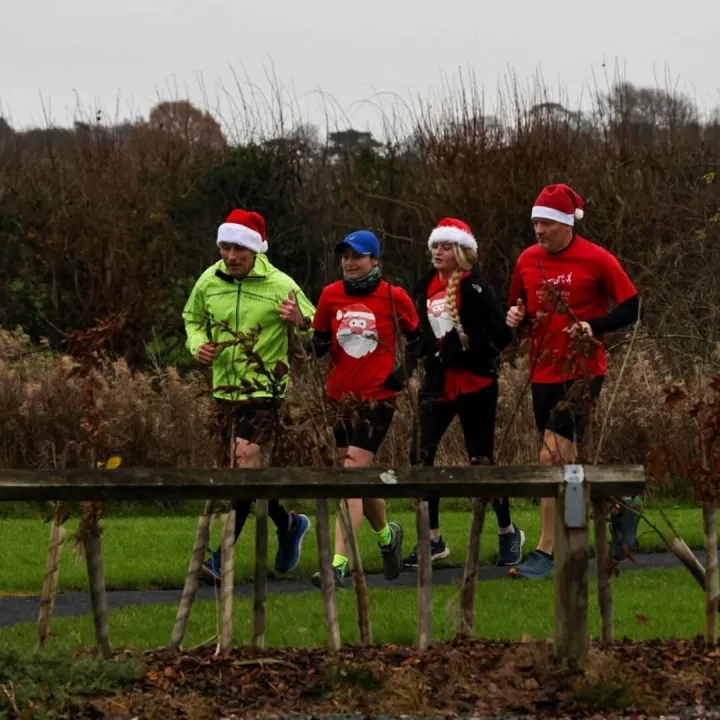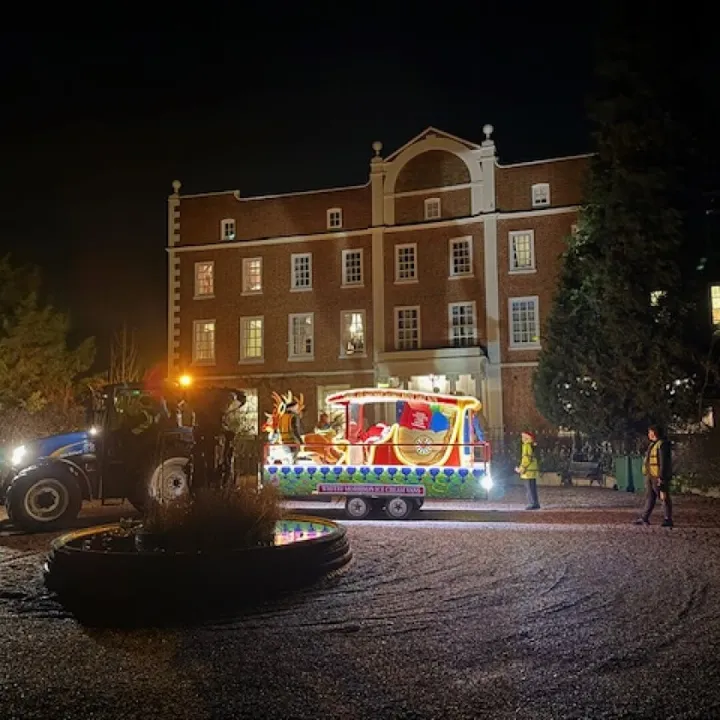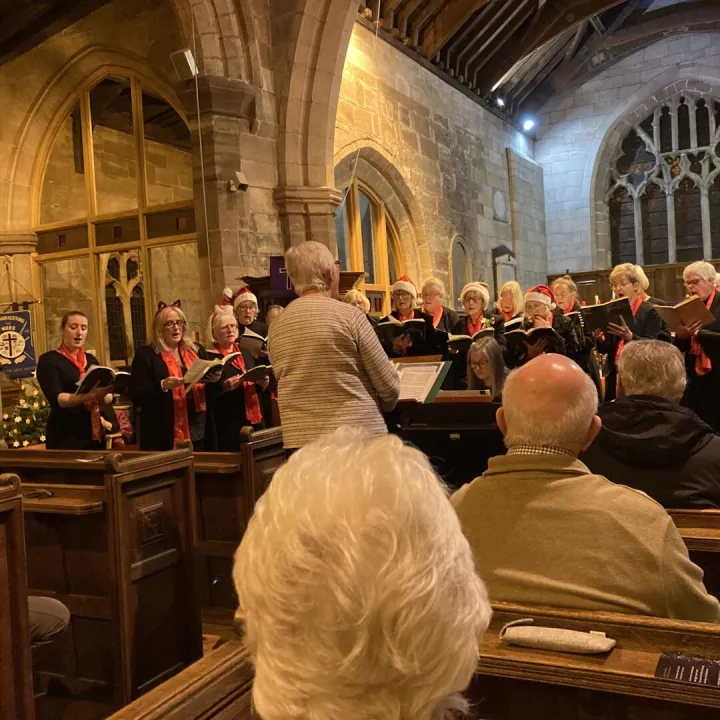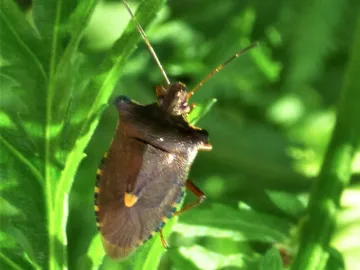







Walking through Turnpike Fields the other day, it was noticeable that most of the showy summer wild plants had done their thing and set seed. Indeed many of those that were blasting us and the insect pollinator population with their colour now already look quite forlorn. The only plant that seems to still lighting up the stage is that which can make people lose their rag. With its bright yellow flowers it is humming with bees, hover-flies, beetles and all kinds of creepy things, as well as, in a few places, the caterpillars of the cinnabar moth.
It is not the plant itself that has caught my eye but the insects. And this is where you really need to get up close and personal to appreciate their incredible variety and markings. I'm no expert about insects and have to trawl through my insects book to try and identify the different ones I see, not always successfully. But that does not stop me being in awe at this huge micro world all around me that, in a way that I may not understand, affects and even underpins my very existence. So often I have regarded insects as pests – nuisances without any real purpose. So much of my prejudice is based on the fact that they don't look very nice! The value that I place on an insect seems related to how pretty it is. Yet as I have begun to take a closer look I see just how wrong I could be.
One of the most attractive and therefore popular is the Ladybird, a beetle of the Coccinella family. There are 40 different species in the British Isles, of which the Two Spot and the Seven spot are the most common. They all do a great job in the food chain by gobbling up aphids and small insects. The red colouration is warning to other creatures that they are not nice to eat. The number of spots on an insect can be a bit deceptive as the patterning can vary, as can the colour being either predominantly red, or yellow or even black. The 24-Spot and Eyed ladybird, with its two bright eyes on the front of the head (see picture)are also species Which are likely to be identified.
There is one "Black sheep" in the family so to speak, the Harlequin Ladybird which is an invasive species originally from Asia and introduce into America as a pest controller becoming itself an overwhelming pest. It has taken less than 10 years to establish itself through the UK. As with many other ladybirds, harlequin ladybird primarily feeds on aphids and so can be considered a useful addition to garden insect fauna. However, this ladybird will also feed on many other insects, including scale insects, eggs and larvae of butterflies and moths, other small insects including other ladybirds and it can be cannibalistic. It was feared, at one time, that the Harlequin would wipe out our native species, but the jury is still out on that and reduction in numbers may be due more to the general reduction of the insect population due to human intervention and climate change factors.

Less favoured creatures, but none the less fascinating, are the Hover-flies. (Picture of Episyrphus Balteatus Hover-fly) Often mistaken for wasps or bees these creatures have amazing markings. They are truly incredible creatures often called the "Farmers friend" as they are the second best pollinator of plants after bees. There are 250 species of Hover-fly in the UK and their wasp or bees like appear and behaviour is a defence mechanism. They even lay their eggs in bees nest and when hatched hoover up debris before they hover. They are an avid aphid-eater in the larval state and are useful in consuming dead wood. With all this activity no wonder in the fly form they only live for a couple of weeks.

But my favourites of all in this micro world are the Shield Bugs. (Picture of a Forest Shield Bug)
Their name comes from the shield shape of their body. In the UK they are usually green or brown but they also have interesting colouration. Although they feed on the sap of plants they are not considered as pests so we can just enjoy their scuttling movements through the grass and undergrowth. One of the most striking is the Hawthorn Shield Bug with is iridescent green colour with distinctive reddish-brown markings.
So can I suggest that before you think of swatting it, squashing it, or stamping on it, you look up close and personal at it and you may find, like me, it opens a wonderful new world.
Get In Touch
AudlemOnline is powered by our active community.
Please send us your news and views using the button below:
Email: editor@audlem.org





